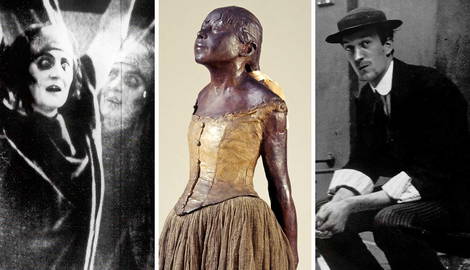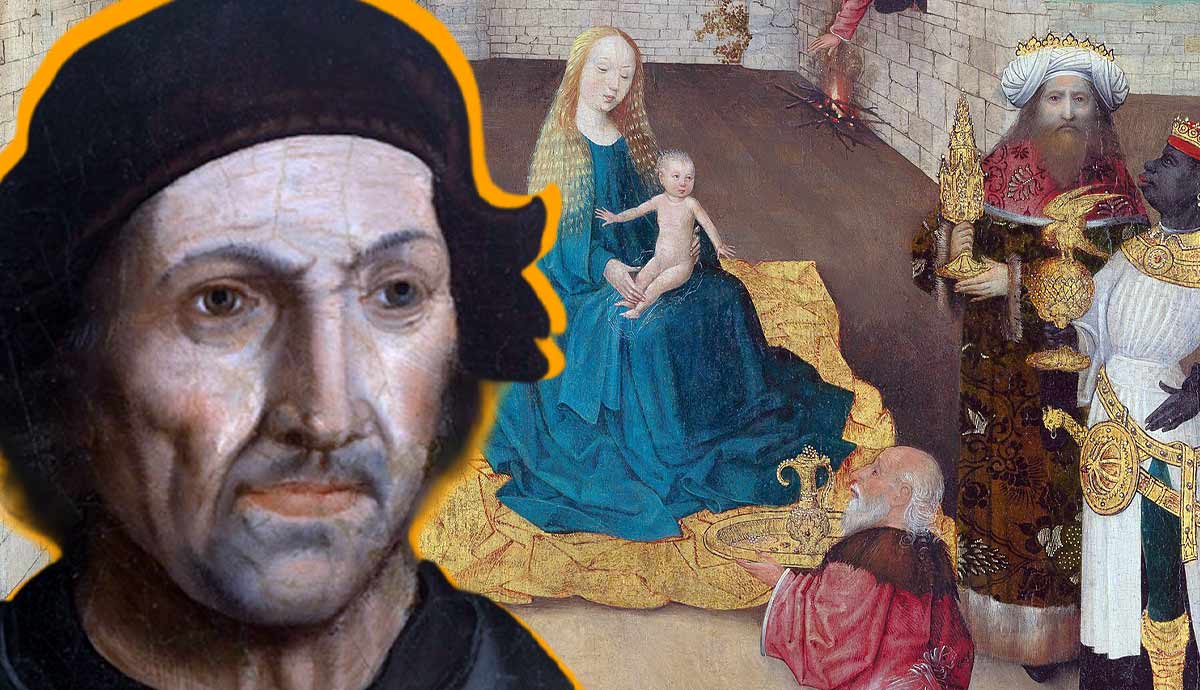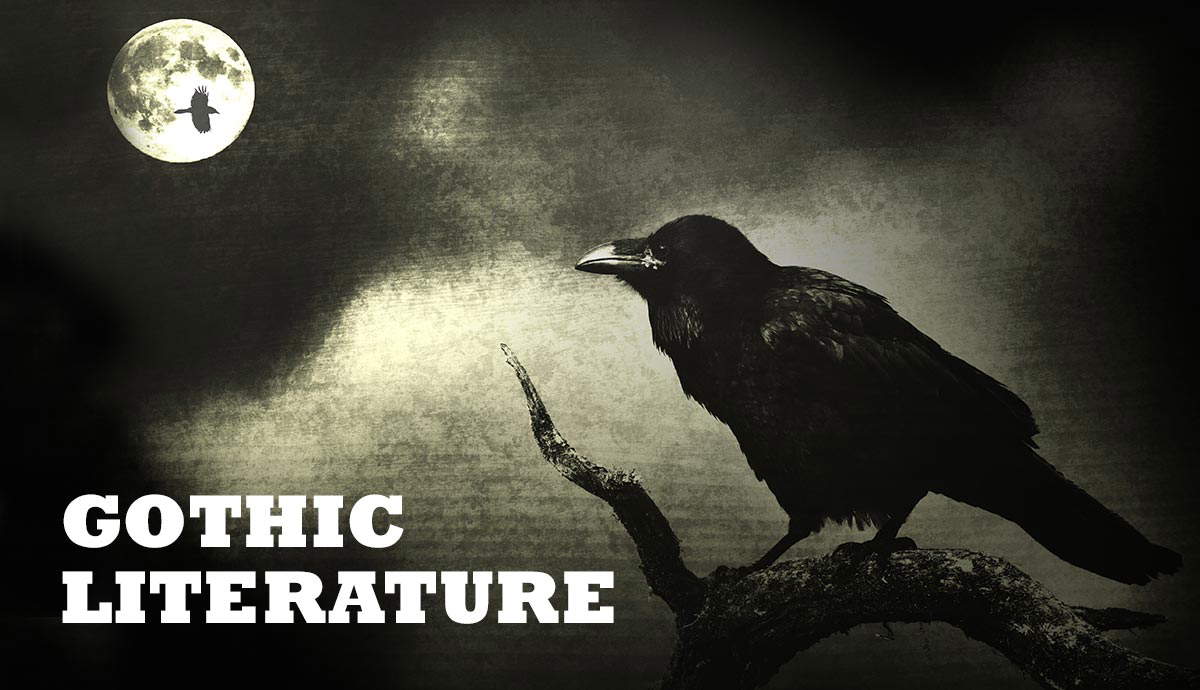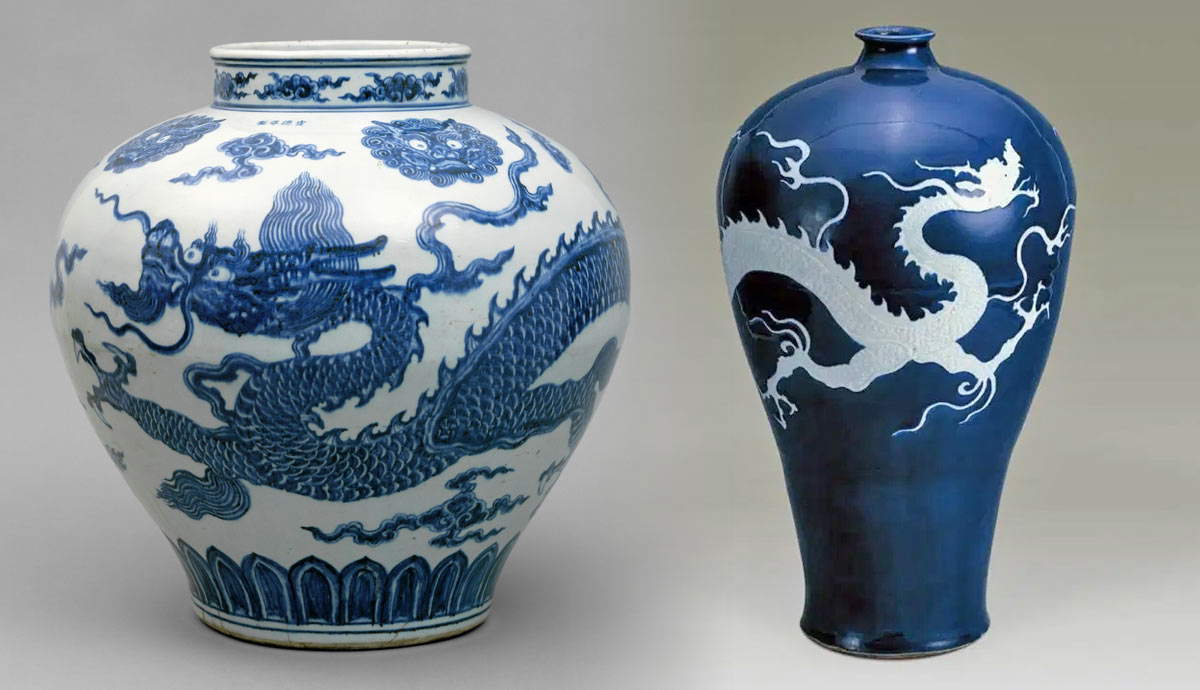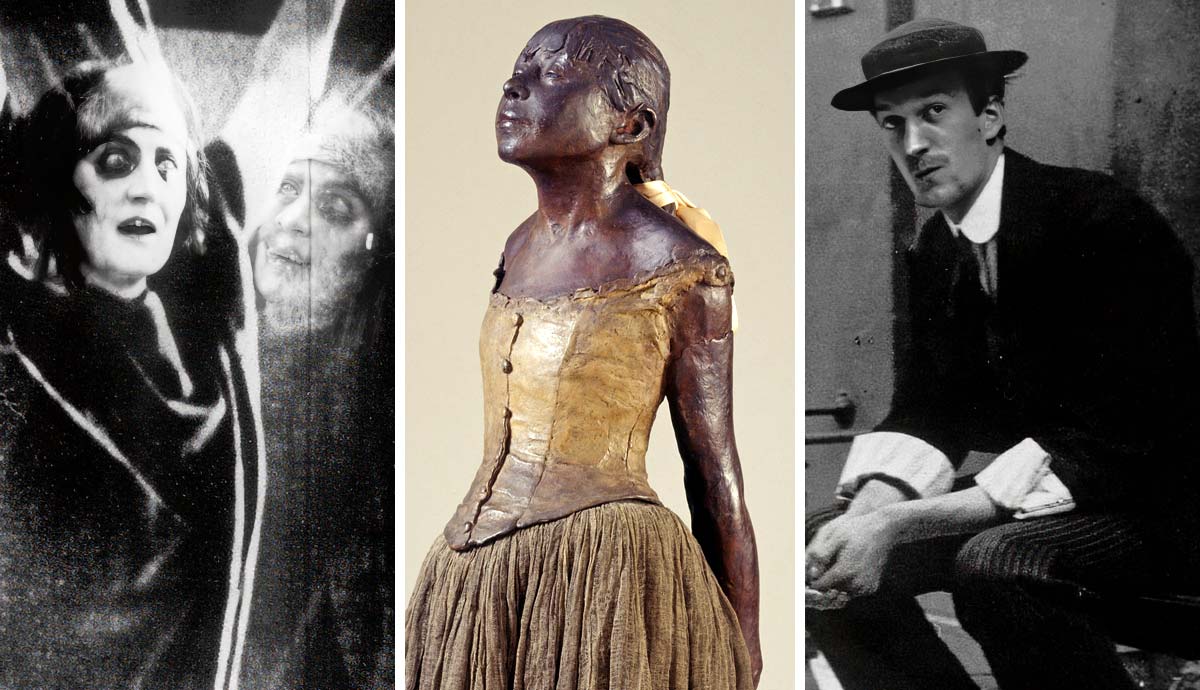
Impressionism was the revolutionary art movement that shifted our relationship with painted images. However, we are mostly familiar with it through the lens of painting. The truth is that many artists, photographers, composers, and writers tried to apply the movement’s principles to their respective domains with various degrees of success. Read on to learn more about Impressionist sculpture, film, photography, literature, and music.
What Were the Main Characteristics of Impressionism?

As an art movement, Impressionism is usually associated with outstanding experiments in painting, which focused on conveying the atmosphere of the scene rather than capturing its photographic likeness. Impressionist painting was revolutionary, as it relied on fleeting impressions and was ready to manipulate the painted surface to convey them. The artists of the movement used pure color, often using unexpected tones: for instance, contemporaries complained about Renoir painting his models with green skin. Still, for the Impressionists, the fleeting effect of natural light was more precious than supposed realism.
Apart from experimenting with color and form, Impressionist paintings offered a rich texture that highlighted their nature as painted objects. Brushstrokes were visible and bold, and the direction of an artist’s hand could easily be traced even on a finished work. As for the subject matter, Impressionism mostly focused on various aspects of modernity, such as urban life, nighttime activities in bars and cafes, dances, and leisure culture. The growing pace of city life required new techniques and formats for its accurate depiction, and the Impressionist style provided exactly that. For that reason, Impressionist techniques and concepts soon migrated to other domains of art.
Impressionist Sculpture

Sculpture, especially in its most traditional forms of stone and metal, has always been valued for its monumentality and durability. Thus, the fleeting Impressionist light and airy composition could hardly be applied directly to it. Still, some art historians believe that Impressionist sculpture indeed existed, although it was never as prominent as painting.
The painterly qualities and rich texture of Impressionist oil works migrated into sculpture in surprising forms. Instead of visible brushstrokes of painting, Impressionist sculpture often had evident fingerprints and hand gestures deliberately left by artists. These traces of artistic presence worked as markers of movement and dynamism, both in the sculpture and in the creative process.

Edgar Degas, one of the most famous Impressionist painters, also experimented with sculpture. However, he applied the method of constructing Impressionist realism to create works that were almost anthropological in their nature. His most famous and scandalous work, Little Dancer Aged Fourteen, relied on the Impressionist technique and combined it with the use of real objects such as a human hair wig and a real muslin tutu skirt. This was not a usual image of a young dancer but rather a study of criminal behavior and physical markers that could reveal a potential criminal. One of the critics, appalled by the work, called it Impressionist sculpture, labeling the sculpture at once. However, the term did not receive wider recognition, remaining a loose and not exactly defined category.
Apart from his famous life-sized figure, Degas also created sculptures of dogs, horses, and dancers cast in bronze. The horse sculptures were particularly dynamic and sometimes demonstrated a distortion of natural forms in favor of a more lively depiction of a moving animal. However, after the backlash faced by the Little Dancer, he refused to exhibit his other sculptures altogether, and they did not reach their audience.

Similarly, Auguste Rodin and Camille Claudel are sometimes labeled as Impressionist sculptors. For several years, Claudel and Rodin worked together as artists and romantic partners. According to experts, Camille Claudel, who was younger and more open to experimenting, enlivened the already-formed oeuvre by August Rodin through her influence. Her works, especially The Waltz, allegedly devoted to her relationship with Rodin, expressed a remarkable Impressionist quality of marble seemingly dissolving and turning into moving fluid mass.
Present-day art historians name Italian animalist Rembrandt Bugatti, who mostly worked in the Antwerp Zoo, and Russian-Italian sculptor Paolo Troubetzkoy among other Impressionist sculptors. Similarly to Degas, Bugatti’s animals looked like moving and living beings rather than anatomical models. Troubetzkoy, Bugatti’s close friend, paid great attention to fabric textures and creases while creating his portrait sculptures, giving cold and solid bronze a surprisingly tactile quality.
Impressionist Music

Despite its visual basis, Impressionism contributed to the musical scene as well, although the application of the term is doubted by some music historians. Famous composers Maurice Ravel and Claude Debussy were labeled as Impressionists, although both vehemently rejected such characteristics. The composers believed that labels from visual culture could not be adequately applied to musical compositions. Still, music historians sometimes define Impressionist music as expressing moods and fleeting emotions, atmospheres, and vague symbols. It presented a contrast to the musical pieces of the Romantic era, which focused on individualistic dramatic expressions.
Impressionist music was more subtle and hardly featured a protagonist whose feelings formed the composition. Such musical pieces were devoid of inner conflict and offered a reflective soundscape based on detached observation of an inspiring scene. At the time, European music absorbed influences from Eastern Orthodox Church music, African American Spirituals, and Eastern musical compositions. All those new melodic forms contributed to the richness of Impressionist-era music.
Impressionist Film

Perhaps the most controversial application of the term Impressionism referred to its use in the domain of cinema. In the 1920s, a group of young French filmmakers became disappointed by the fact that their contemporary film industry directly followed the literary and theatrical traditions, hardly ever deviating from traditional narrative structures and presentations. Impressionist filmmakers wanted to explore the unique expressive and narrative qualities of film, turning it into an independent art form. However, most film historians believe it was part of a larger trend in the film industry at the time and should not be labeled with the term Impressionism.
One of the most famous works attributed to the Impressionist film movement was the iconic horror The Fall of the House of Usher, directed by Jean Epstein and based on the famous short story by Edgar Allan Poe. The screenplay for the film was co-written by another famous figure in film history, the Surrealist director Luis Bunuel, famous for his collaborations with Salvador Dali. The Fall of the House of Usher employed slow motion, close-up shots, and montage in a way that created tension and manipulated the emotions of both the characters and the viewers.
Impressionism in Literature

The literary equivalent of Impressionism soon after the painting style stabilized itself within the art world. Led by writers such as Charles Baudelaire and Stephane Mallarme, it focused on emotions and impressions experienced by a character rather than on their motives or interpretations. Thus, the inner life of a written persona became more intense and more important than the events of the physical world. Impressionist literature did not live long enough, yet some signature elements of it soon transformed into a distinctive body of Symbolist literature, which also often resorted to detailed and complex descriptions of feelings and moods.
Impressionism and Photography

Some art lovers incorrectly assume that Impressionism reacted to the growing popularity of photography and protested it, aiming to highlight qualities of painted images that photography could not possibly capture. The reality was much different—some Impressionists, including the already mentioned Edgar Degas, eagerly adopted new technology and experimented with it. Some artists used photography as a supportive medium, which allowed them to paint without the physical presence of their models.

However, photography as a genre also had its Impressionist branch. In the late 19th century, photographers aimed to demonstrate the artistic potential of their medium. To prove that photography was much more than an instrument for gathering realistic evidence, they started to manipulate angles and frames and switch lenses and light in a way that would create unrealistic effects of the final images. These manipulated images often featured blurred or highlighted fragments. They were also printed using techniques that made them look like engravings. However, in literature, these photographers were usually labeled as Pictorialists rather than Impressionists. Still, their works were aesthetically similar to the movement. One of the most famous figures who experimented with Pictorialism was Alfred Stieglitz, a photographer and gallery owner.
